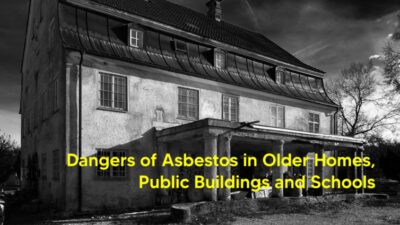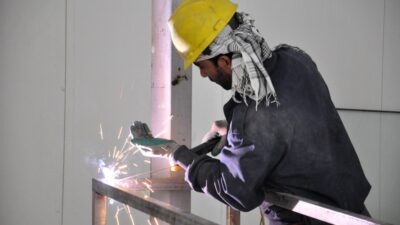Science students at the University of Minnesota have embarked on a new study that will research and collect data on why Iron Range Miners die from Mesothelioma at higher rates than occupational exposure from Asbestos for other types of workers such as automotive workers, shipyard laborers, metal works laborers and more.
The study will be pioneered by the School’s Public Health department and is approved by the Scientific Review Board.
The study will examine health, job & personal records of over 68000 Iron Range miners, from whom most are deceased.
The study will also be conducted on over 1200 current occupational Asbestos workers and 800 of their spouses.
Study coordinators have said they have collectively agreed on confidentiality contracts with several mining companies to obtain historical work data of their mining workers, to determine any relationships between taconite asbestos dust and asbestos related diseases or lung cancers.
These scientists have also begun sampling dust and ore from the mines for analysis and research. The image on the left is an electron microscope photo of taconite asbestos fiber breaking up into smaller fibers in a rat lung tissue.
The US State Health Dept. is conducting studies to determine if occupational or environmental exposure to Taconite asbestos can cause Asbestos related diseases such as Asbestosis or Mesothelioma.
The scientists have started their study by installing dust collectors in 7 Iron Range communities. These scientists come from the Natural Resources Research Institute in Minnesota.
These dust collectors capture mineral fibers so as to compare them from those Asbestos fibers outside of the Iron Range community. The study is to be conducted over 5 years and will cost $4.9 million.
John Finnegan, a Coordinator at the Minnesota Taconite Workers Lung Health Partnership quotes, “this will be the best effort to this point to get to the bottom of this.”
A 2003 health department study found that 17 miners developed mesothelioma between 1988 and 1996 due to commercial and industrial uses of Asbestos.
However, taconite asbestos dust was never studied, and the scientists believe this causes even more deaths than any other forms of asbestos.
The school’s Public Health department found 35 new cases of cancer in 2006 in a cancer registry but did not announce them for 1 year, forcing the Health Commissioner to resign.
The workers therefore demanded this study, and the total # of deaths since 1988 is now at 55. The image on the right is of a 240 ton mining truck that is dumping loads of taconite rocks for crushing in the mining factories.
The first step in processing taconite is to crush it into smaller sizes so that it becomes more manageable and can be used in manufacturing products, among other uses.
Crushing taconite rocks in to very small rocks results in the manufacturing of marble. It is then mixed with water to create powders.
Dr. Ian Greaves, a member of the study group and an expert on lung diseases said this study is to find out what levels of asbestos exposure are dangerous for developing lung cancers and other dangerous diseases, and how to reduce those dangerous levels.
This study will also advise Iron Range Miners on what lung cancer screening methods are the best, and what treatment options they have available.
Common treatment options include chemotherapy, palliative care, thoracic surgery, lung transplants, radiation therapy among others. An example of a Mountain Iron worker who has contracted Cancer is David Walkki.
Mr. Walkki was a miner in the Mountain Iron for 18 years before developing chronic obstructive pulmonary disease.
This happened even though he didn’t smoke. Dr. Greaves adds, “We’ve included in the work history a lot of questions about incidental asbestos exposure or work with asbestos. And we’re hoping that we’ll be able to identify those people who have had significant asbestos exposure, and incorporate that into our analysis.”
dr. Royani













